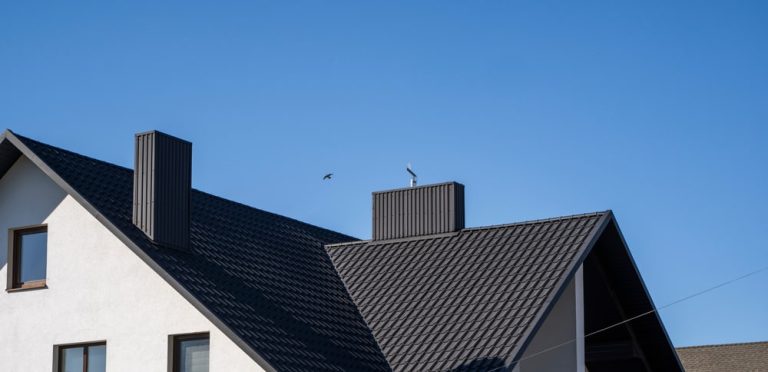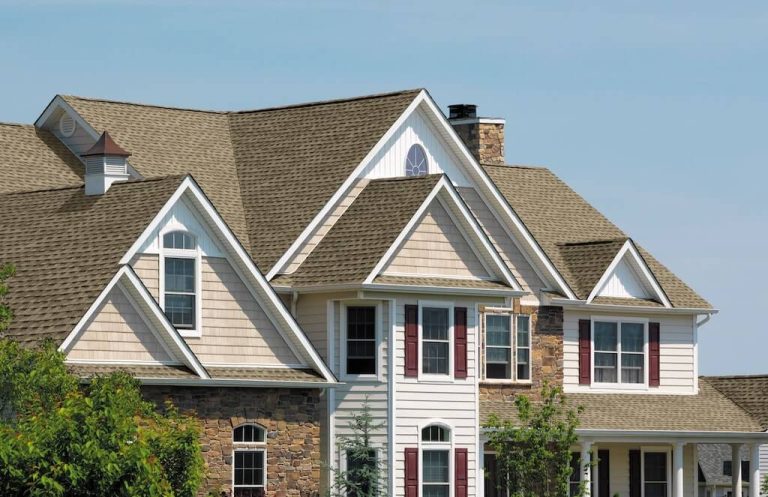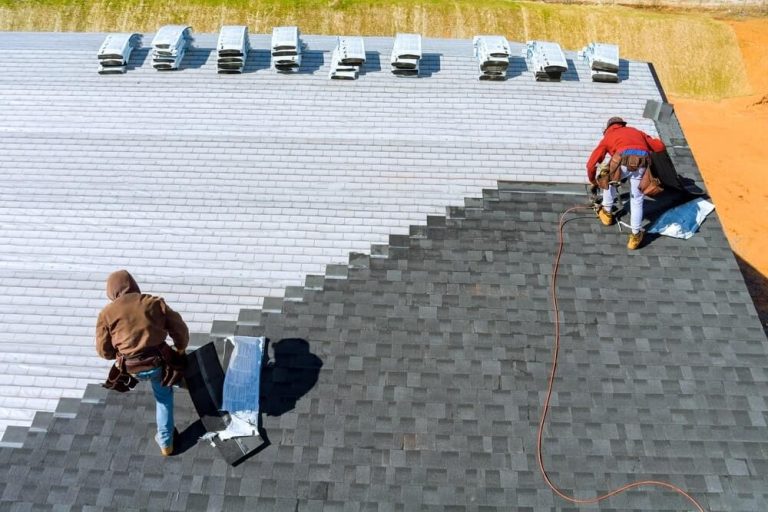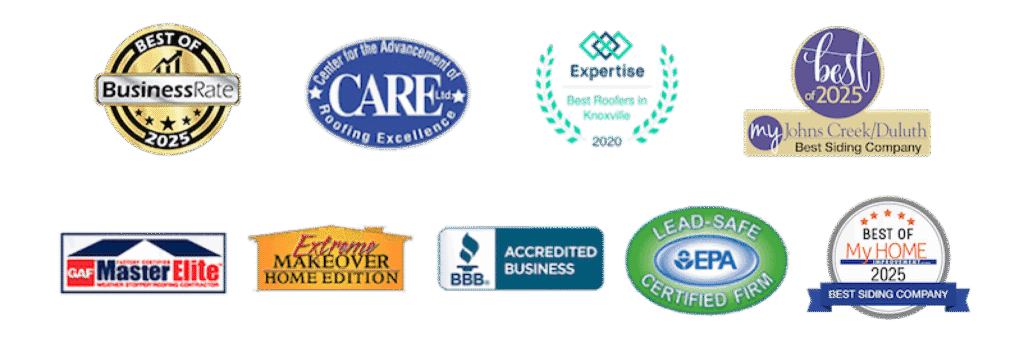A roof assessment is a critical process for maintaining the structural integrity and longevity of a roof. Professionals conduct these evaluations to identify current or potential issues affecting a building’s roofing system. Regular roof assessments are vital as they help to prevent minor problems from escalating into significant, costly repairs. By systematically checking various elements of the roof, assessors can provide homeowners and property managers with a clear understanding of their roof’s condition and any essential maintenance or replacement that may be required.
During a roof assessment, the assessor will meticulously inspect several key components of the roofing system. This includes an evaluation of the overall structure to ensure it is sound and free from sagging or other deformities. The surface material, whether shingles, tiles, or metal panels, is reviewed for damage such as cracks, rust, or loosening that could lead to leaks or water damage. Gutters and downspouts are also examined for blockages or damage, as proper drainage is essential to the health of the roof and the building.
Furthermore, a comprehensive roof assessment addresses the status of the flashing and seals around vents, chimneys, and skylights. These areas are prone to leaks and require careful inspection to assure they are effectively keeping water out. Insulation and ventilation systems are assessed for adequacy, as these not only contribute to a building’s energy efficiency but also prevent problems like ice damming and condensation. A detailed report following the assessment provides an invaluable reference for repair and things to consider when replacing a roof, ultimately serving to safeguard the building against potential roofing failures.

Recognizing the Need for a Roof Assessment
Inspections are critical to maintaining a roof’s health and performance. By identifying the need for an assessment, homeowners can address issues promptly and extend the lifespan of their roofing system.
Signs of Roofing Wear and Damage
- Discoloration or Streaking: These can indicate water damage or algae growth.
- Missing, Cracked or Curling Shingles: Visible damage often points to larger underlying issues.
- Sagging Roof Deck: This may signal structural problems that require immediate attention.
- Clogged or Damaged Gutters and Downspouts: Impaired drainage systems can lead to water damage.
- Leakages in the Attic: Water stains or mold growth in the attic are critical signs of roof failure.
- Daylight Through Roof Boards: Light visible from the inside suggests potential breaches.
A property owner should look for these indicators to determine if a professional roof assessment is needed.
Advantages of Regular Check-Ups
- Preventative Maintenance: Regular assessments can prevent minor issues from escalating into costly replacements.
- Budget Management: Knowing the condition of the roof helps in planning for necessary expenditures.
- Value Preservation: A well-maintained roof contributes to the overall value and appeal of the property.
Regular check-ups facilitate timely interventions, ensuring a roof’s integrity over the years.
The Roof Assessment Process
A thorough roof assessment typically involves a preliminary inspection followed by detailed evaluation methods to determine the current state and potential issues of a roofing system.
Initial Roof Inspection
The initial roof inspection is a crucial first step in the assessment process where the overall condition of the roof is visually reviewed. This involves walking the roof when possible, to check for obvious signs of damage such as missing, loose, or damaged shingles. Inspectors also look for signs of aging or wear and tear, including:
- Cracked, curling, or blistering shingles
- Broken or missing tiles
- Rust spots on metal roofs
- Stains or signs of water damage
Roof features like gutters, downspouts, vents, and flashing are inspected for proper installation and functionality. The roof’s structure, including the trusses and decking, is assessed from the attic space if accessible, to identify any issues with sagging or rot that could indicate underlying problems.
Detailed Evaluation Methods
For a more comprehensive understanding, detailed roof evaluation methods may be employed. This usually includes:
- Leaks detection: Special attention is given to detect any water penetration points or signs of moisture damage.
- Drainage analysis: Ensuring gutters and downspouts are free from blockages and that the roof’s slope facilitates proper water runoff.
Furthermore, professionals often utilize advanced tools and techniques such as:
- Infrared scans: To detect water infiltration or inadequate insulation without invasive measures.
- Core sampling: Rarely and only when necessary, small sections of the roof may be removed to examine the underlying materials and layers.
A tailored inspection identifies potential weaknesses, providing homeowners with a comprehensive report of the roof’s condition and recommendations for maintenance or repairs. Each step is carefully documented to preserve a record of the roof’s status and any advised action items.
Choosing the Right Professionals
Selecting the right professionals for a roof assessment is crucial for ensuring both the safety and longevity of one’s home. It involves understanding the qualifications of the contractors and their company’s reputation in the field.
Selecting Qualified Contractors
When selecting a roofing contractors, one should consider several key factors:
- Licensing: Ensure the contractor holds a valid state license to perform roofing work.
- Insurance: Verification of liability and worker’s compensation insurance is vital to protect homeowners from potential accidents.
- Experience: The contractor’s track record and years in business indicate their level of expertise.
- References: Requesting and checking references provides insight into past projects and customer satisfaction.
Post-Assessment Considerations
Following a roof assessment, it is crucial to consider the strategic implementation of maintenance practices and to understand how material choices impact the roof’s lifespan. Ensuring these factors are addressed will contribute significantly to the roof’s long-term performance.
Maintenance and Upkeep Strategies
Regular maintenance of a roof is paramount to extending its service life and maximizing the investment. Property owners should schedule annual inspections to identify minor issues before they escalate.
Tips for maintaining a healthy roof include:
- Inspecting shingles: Look for signs of damage or wear after extreme weather.
- Cleaning gutters: Ensure water can flow freely and doesn’t accumulate, leading to damage.
- Trimming overhanging branches: This reduces the risk of physical damage and keeps debris accumulation to a minimum.
- Addressing repairs promptly: Small issues can become extensive problems if neglected.
A documented maintenance plan should be crafted to incorporate these practices, emphasizing immediate action for any anomalies discovered during assessments.
Roof Lifespan and Material Selection
Roofing materials vary in terms of durability, cost, and suitability for different climates, which directly affects a roof’s lifespan. Key information regarding the most common materials include:
| Material | Approximate Lifespan |
| Asphalt Shingles | 15-30 years |
| Metal | 30-50 years |
| Tile | 50-100 years |
| Slate | 75-200 years |
When selecting materials, it’s essential to balance initial costs with the long-term benefits of reduced maintenance and replacement frequency. For instance, slate may offer an extensive lifespan but at a higher initial cost. Conversely, asphalt shingles provide affordability but may require more frequent replacements. The choice should reflect the property’s geographical location, weather patterns, and the owner’s budgetary constraints.
Financial Aspects of Roofing
When homeowners or businesses invest in a roof assessment, they are often confronted with complex financial considerations. These include the outright costs of the assessment and the potential long-term savings afforded by quality service providers.
Assessment Costs
The cost of a roof assessment can vary widely based on several key factors. These may include the size of the roof, its accessibility, the complexity of the assessment, and the geographical location.
- Size of Roof: Larger roofs typically incur higher assessment costs.
- Accessibility and Complexity: Roofs that are difficult to access or require special equipment for assessment may lead to additional charges.
- Geographical Location: Prices can differ depending on local market rates and the cost of living in the area.
Homeowners should expect to pay anywhere from a few hundred to several thousand dollars for a comprehensive assessment. This initial cost can be seen as an investment, as a professional assessment can identify issues early, potentially saving thousands in future repair and replacement costs.
Investing in Quality Service
Selecting a professional roofing assessment service is critical and can influence future financial outlays.
- Benefits: A thorough assessment by a qualified service provider can prevent expensive repairs or replacements, extend roof longevity, and provide peace of mind regarding the structural integrity of the roof.
- Considerations: Homeowners should consider the provider’s reputation, the detail of provided reports, and the service’s inclusiveness in identifying potential problem areas.
Investing in high-quality assessment services often translates into more accurate diagnostics, which can inform wiser decisions about repairs or replacement. These informed decisions help manage financial risk and ensure that issues are addressed before they evolve into costlier problems. Selecting the right professionals for a roof assessment is crucial for ensuring longevity for your roof.













